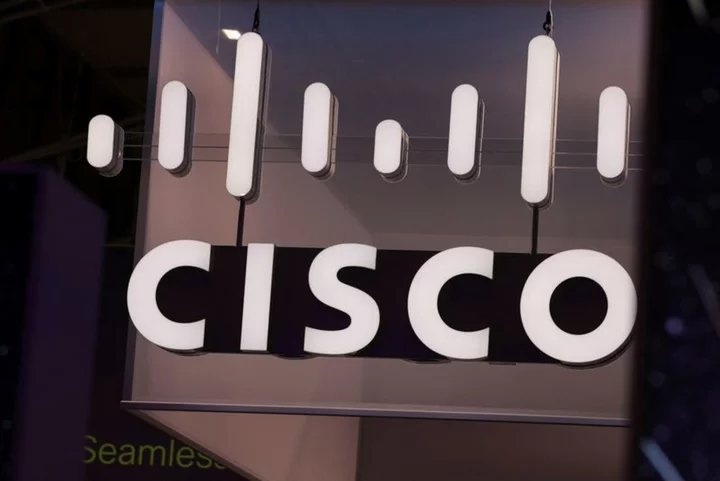
False claims of a stolen election thrive unchecked on Twitter even as Musk promises otherwise
Election falsehoods are thriving on Twitter after former President Donald Trump dug in on those claims during a recent CNN town hall
2023-05-19 01:58

Microsoft CEO calls Google mobile search argument 'bogus'
By Diane Bartz WASHINGTON Microsoft chief executive Satya Nadella on Monday took the witness stand in the U.S.
2023-10-02 22:23

Arm Holdings is valued at $54.5 billion in biggest initial public offering since late 2021
U.K. chip designer Arm Holdings is scheduled to start trading on the Nasdaq Thursday, in what is the largest initial public offering of shares in nearly two years
2023-09-14 20:51

Lawmakers urge White House to crackdown on Hamas use of crypto after Israel attack
By Hannah Lang A bipartisan group of lawmakers is urging the Biden administration to swiftly crack down on
2023-10-18 17:57

Radiohead's album OK Computer recreated entirely with Nintendo 64 sounds
A YouTuber has recreated Radiohead album 'OK Computer' in full only using sounds from Nintendo 64 games.
2023-06-14 15:27

Donald Trump Jr.'s Twitter Account Hacked to Say His Father Died
Hackers took over Donald Trump Jr.’s Twitter account Wednesday morning to post several sensational tweets,
2023-09-21 01:25

BYD Unleashes FANG CHENG BAO, A New Brand that Specializes in Professional and Personalized Identities
SHENZHEN, China--(BUSINESS WIRE)--Jun 8, 2023--
2023-06-09 11:45

Ryder Secures Spot Among Supply & Demand Chain Executive’s ‘Top Supply Chain Projects’
MIAMI--(BUSINESS WIRE)--Aug 15, 2023--
2023-08-15 19:17

EXERTIS Scales With Boomi, Increasing Partner and Customer Satisfaction Globally
LONDON & CHESTERBROOK, Pa.--(BUSINESS WIRE)--Sep 13, 2023--
2023-09-13 16:19

Did Offset cheat on Cardi B? Rapper refutes claims after clip from Kai Cenat’s livestream goes viral: 'Get rid of him'
Offset was accused of cheating on his wife Cardi B, but the rapper herself quashed the claims as 'embarrassing'
2023-09-18 18:18

Automotive Manufacturing Veteran David Apps Joins CarbonCapture Inc.
LOS ANGELES--(BUSINESS WIRE)--May 31, 2023--
2023-05-31 20:25

League of Legends, other esports join Asian Games in competition for the first time
The world of online gaming takes its place this year at the Asian Games as an official event for the first time, with gold medals in play across seven top titles
2023-09-23 13:21
You Might Like...

Get 130 hours of Python training for under £20

Apple’s iPhone Price Bump Is Part of Subtle Revenue-Boosting Strategy

This lifetime eSim plan for travel is on sale for 50% off

Fortnite Summer Escape Adds New Reality Augments: Full List

Why is everyone using their phones in movie theaters?

Belkin Launches Kid-sized Comfort and High-quality Sound With the SoundForm Inspire Headset for Kids

Cisco to begin manufacturing from India in diversification move

Dell, HP, Foxconn Apply for India Aid in Local Production Push
